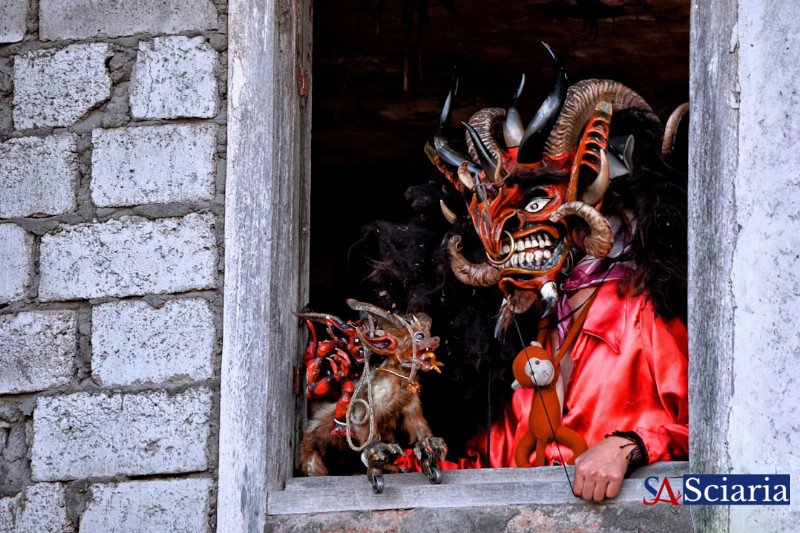Unmasking the Macabre: The Dark Truths Behind Your Favorite Traditions
- Sciaria
- History
- Oct 01, 2025
- 0 Comments

We perform them almost without thought: clinking glasses in a toast, saying 'bless you' after a sneeze, or even the very rings on our fingers. These are just a few of the everyday traditions woven into the fabric of our lives. But have you ever paused to consider where these seemingly innocuous customs truly come from? Prepare to peel back the layers of politeness and modern practice, as many of our beloved traditions emerged from surprisingly dark, superstitious, or even gruesome origins.
Take, for instance, the enduring symbol of love and commitment: the wedding ring. While today it signifies eternal devotion, its origins are far less romantic. Ancient Roman and Egyptian engagement rings, often made of iron, were more a symbol of ownership and a binding legal agreement, signifying that a woman was 'taken.' The tradition of wearing it on the fourth finger stems from the ancient belief in the 'vena amoris,' or 'vein of love,' supposedly running directly from that finger to the heart. However, this anatomical inaccuracy didn't stop cultures from adopting the practice, linking a woman's commitment directly to her husband's possession.
Next time someone sneezes, consider the historical weight behind your automatic 'bless you.' This polite response has roots deeply embedded in fear and superstition. One popular theory traces it back to the bubonic plague, when a sneeze was often an early symptom. Pope Gregory I reportedly decreed that a blessing be uttered to ward off death. Another belief was that a sneeze could expel the soul from the body, leaving it vulnerable to evil spirits – a quick 'bless you' was believed to prevent this perilous departure or entry.
Even the celebratory act of toasting and clinking glasses holds a fascinating, albeit grim, history. In ancient times, clinking glasses loudly was thought to ward off evil spirits who might try to spoil the festivities. A darker origin, however, suggests a more pragmatic purpose: ensuring your drink wasn't poisoned. Guests would forcefully clink their heavy tankards or goblets together, causing a small amount of liquid to slosh from one cup into another. This act demonstrated trust (or forced it), as it proved that no one was trying to surreptitiously poison their fellow reveler.
From ancient fears of disease and demons to practices rooted in ownership and suspicion, our everyday traditions are living relics of a bygone era. They remind us that history isn't just confined to textbooks; it's alive in the subtle gestures and seemingly mundane customs we observe daily. The next time you partake in one of these familiar rituals, take a moment to appreciate the centuries of human experience, superstition, and survival that paved the way for your modern-day habit – it might just give you a shiver of historical delight.
Comments (0)
Rate This Blog
Top Blogs by Rating
The Spiritual Shelf Life: Navi...
By Sciaria
The Ageless Enigma: What Biolo...
By Sciaria
The Collective Gasp: Why Live...
By Sciaria
Favorite Blog
Andragogy: The Secret to Engag...
By Sciaria
The Unseen Pillars: How Crypto...
By Sciaria
The Healing Power of "Ahhh": M...
By Sciaria
Related Research
Behavioral response of african catfish (clarias gariepinus) to electrical flow in an electrofishing gear
The relationship between burnout and violence tendencies of caregivers of patients with schizophrenia
Rubens costa romanelli, sábio e virtuoso
Share
Notice Board
- PENGGUNAAN JOBSHEET PROYEKSI PIKTORIAL TERHADAP HASIL BELAJAR MENGGAMBAR PROYEKSI PIKTORIAL PADA SISWA
- SONHO, MITO E REALIDADE: A PROPóSITO DO SONHO PROFéTICO DE ENéIAS
- INVESTIGATING THE EFFECTS OF EMPLOYEE BURNOUT AND STRATEGIES FOR PROMOTING WORK-LIFE BALANCE AND PREVENTING BURNOUT IN COMMERCIAL BANKS OF LARKANA





